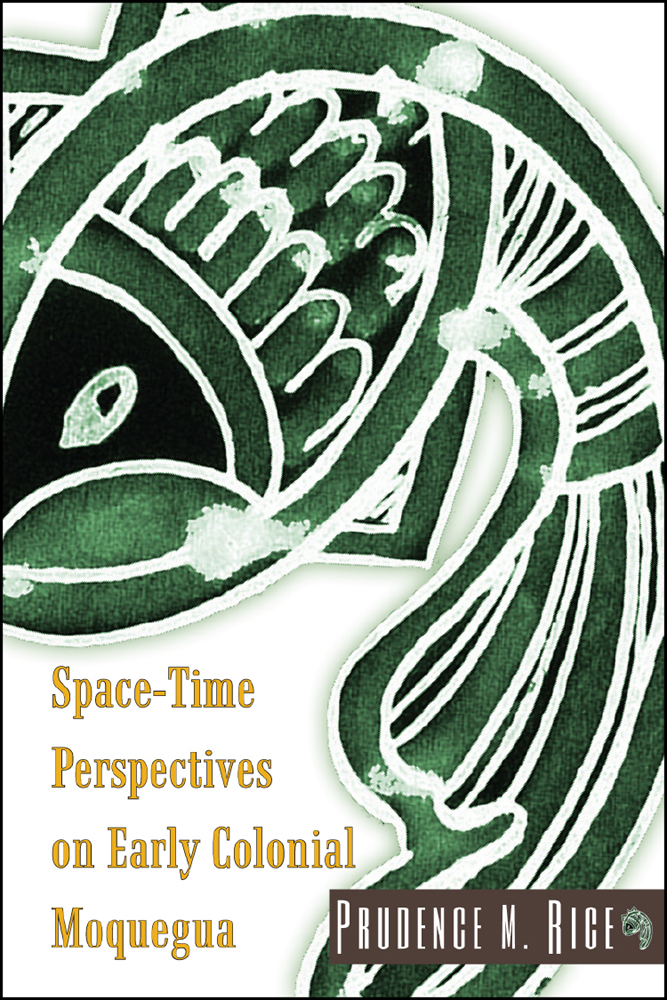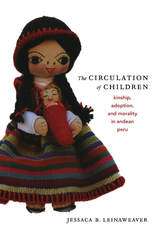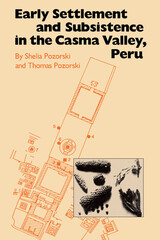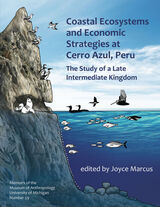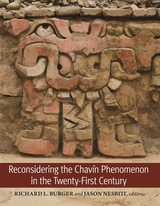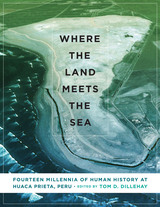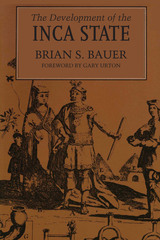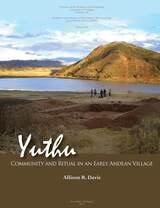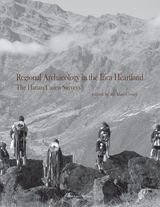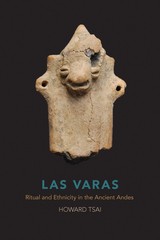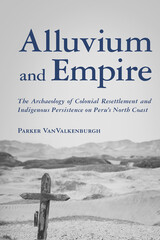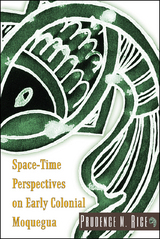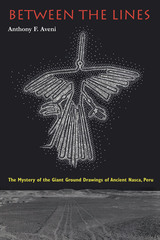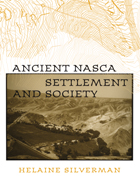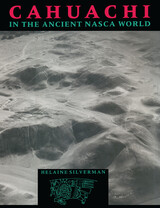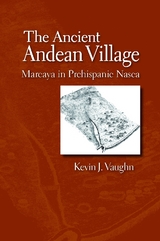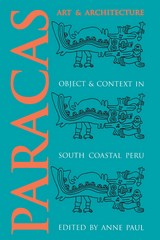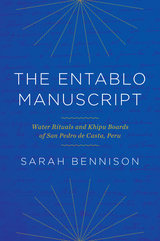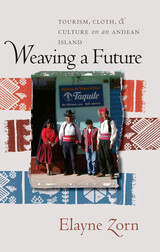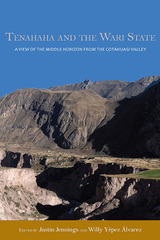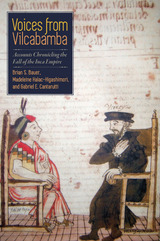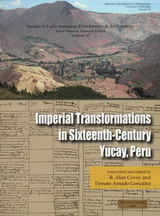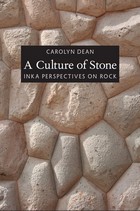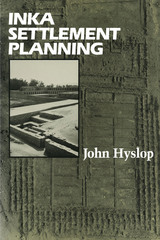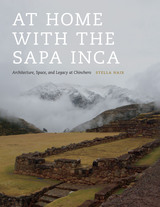Cloth: 978-1-60732-275-7 | eISBN: 978-1-60732-276-4 | Paper: 978-1-64642-650-8
Library of Congress Classification F3429.1.M65R53 2013
Dewey Decimal Classification 985.34
Space-Time Perspectives on Early Colonial Moquegua looks at the encounters between existing populations and newcomers from successive waves of colonization, from indigenous expansion states (Wari, Tiwanaku, and Inka) to the foreign Spaniards, and the way each group “re-spatialized” the landscape according to its own political and economic ends. Viewing these spatializations from political, economic, and religious perspectives, Rice considers both the ideological and material occurrences.
Concluding with a special focus on the multiple space-time considerations involved in Spanish-inspired ceramics from the region, Space-Time Perspectives on Early Colonial Moquegua integrates the local and rural with the global and urban in analyzing the events and processes of colonialism. It is a vital contribution to the literature of Andean studies and will appeal to students and scholars of archaeology, historical archaeology, history, ethnohistory, and globalization.
See other books on: Colonization | First contact with Europeans | Indians of South America | Names, Geographical | Peru
See other titles from University Press of Colorado
